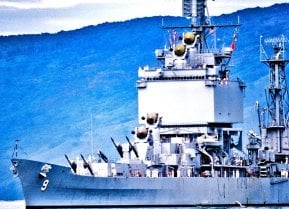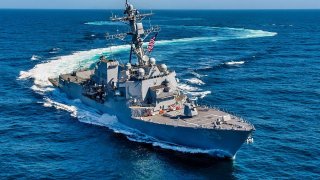Arleigh Burke-Class Destroyer: A Great Navy Warship Past Its Prime
Despite the the Arleigh Burke-class' distinguished record, the U.S. Navy should not be spending another dime on building new flights.
The Arleigh Burke-Class destroyer has been a mainstay of the U.S. Navy’s surface fleet for years. These guided-missile destroyers serve in multiple mission roles, some offensive, some defensive. They are among some of the Navy’s most versatile platforms, and they field some of its most sophisticated technology to augment their presence in any area of responsibility (AOR).
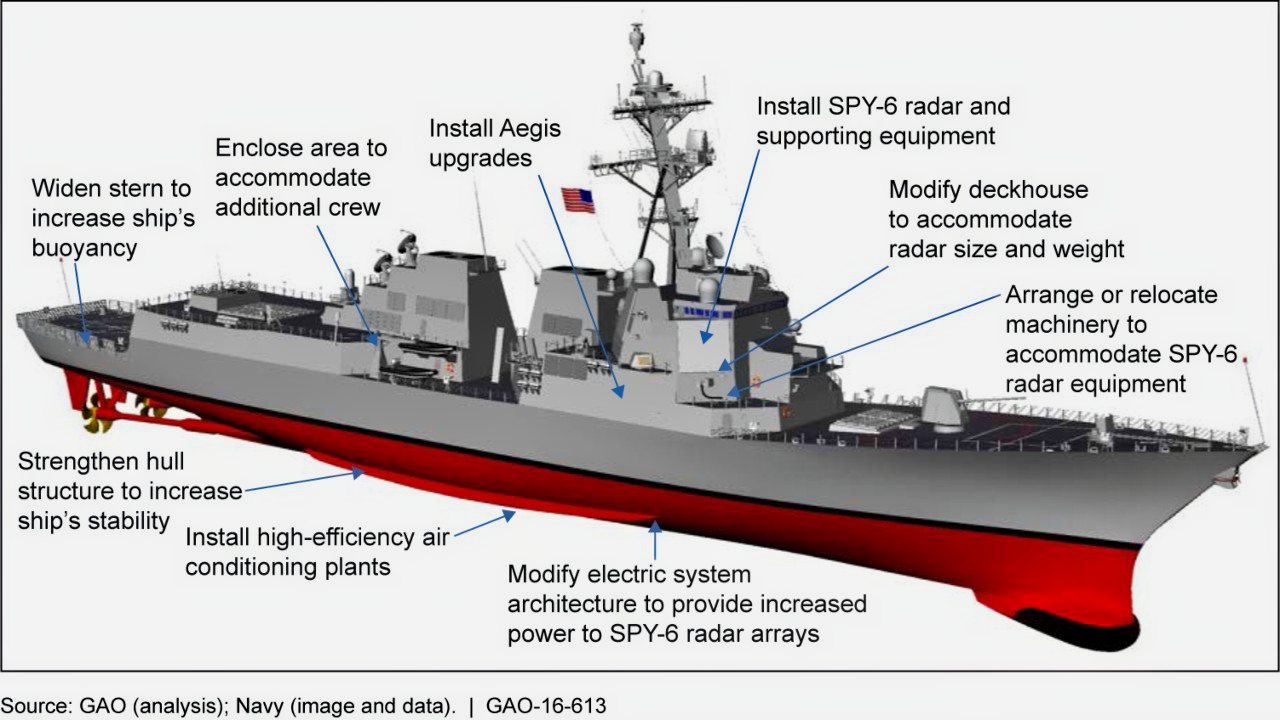
The Arleigh Burke-class was a combination of other surface warships that had preceded it. According to the Navy’s official webpage for the Arleigh Burke-class destroyer, these new destroyers incorporated “much of the Spruance class (DD 963) destroyer propulsion and machinery plant, the integrated Aegis Weapons System (AWS) proven on the Kidd class (DD 993) destroyers and installed on the larger Ticonderoga class cruisers.”
The Navy further notes that the Arleigh Burke-class “was designed with an all-new hull form.”
By the Numbers: Arleigh Burke-Class Destroyer
The truly remarkable aspect of these destroyers are the systems that have been installed throughout these warships to help them conduct their various mission sets, which include anti-submarine warfare (ASW), anti-air warfare (AAW), and anti-surface warfare (ASuW).
These destroyers are often deployed as part of a larger flotilla of Navy warships, known as a carrier battle group, and are used as an outer defense perimeter protecting the larger aircraft carriers which often sit at the center of the carrier group. In fact, the Arleigh Burke-class, with its Close-in Weapon Support (CiWS) system, the Arleigh Burke-class is essential for stopping incoming anti-ship missiles that are bound for a carrier. This CiWS system has always been an essential reason behind the Navy’s continued investment into this specific platform.
The newest variant of the Arleigh Burke-class warship, the USS Jack L. Lucas (DDG-125), was delivered to the U.S. Navy by HII’s Ingalls Shipbuilding last year. This new variant of the Arleigh Burke-class destroyer incorporates the new combat AN/Spy-6 Air and Missile radar system. This new class—known in the Navy as a “Flight”—has an updated AWS as well. The Navy intends to replace the Ticonderoga-class guided missile cruisers with the Arleigh Burke-class Flight III destroyers, like the Jack L. Lucas, as soon as the Ticonderoga’s are aged out of service (which is coming presently).
In Fiscal Year 2013, FY2018, and FY23, the Navy inked massive procurement deals for the new Flight III variant of the Arleigh Burke-class destroyer. There are currently four of these new warships under construction at the Ingalls shipyard in Pascagoula: The Ted Stevens (DDG-128), Jeremiah Denton (DDG-129), George M. Neal (DDG-131), and the Sam Nunn (DDG-133). These represent a multiyear commitment on the part of the Navy for the Arleigh Burke-class.
A2/AD Complicates Everything
Despite the great service record of the Arleigh Burke-class and its obvious track record as a dependable, easily upgradable warship, there is a larger issue here that few dare to speak of. The fact of the matter is that the Arleigh Burke-class, despite its advancements, is facing a dark strategic future when it comes to the era of contested environments. Notably, the Chinese anti-access/area denial (A2/AD) threat is profound.
This threat is primarily targeted at the massive aircraft carriers the U.S. Navy deploys globally. But it is also going to be a complicating factor for crews manning the Arleigh Burke-class guided-missile destroyers. This is especially so considering that the Chinese long ago stole the detailed schematics for the AWS and other key components that compromise the Arleigh Burke-class and have tailored their impressive missile forces to swamp the defensive systems of this destroyer.
Without adequate defense screens, the Arleigh Burke-class is going to suffer a humiliating defeat in waters near where China’s A2/AD systems have been deployed. Further, the Arleigh Burke-class has a long history of operating in the Persian Gulf. Even without the larger carrier battle group, these destroyers routinely make appearances throughout the region. These destroyers have been harassed over the years by Iranian cigarette boats in the cramped quarters of the Strait of Hormuz.
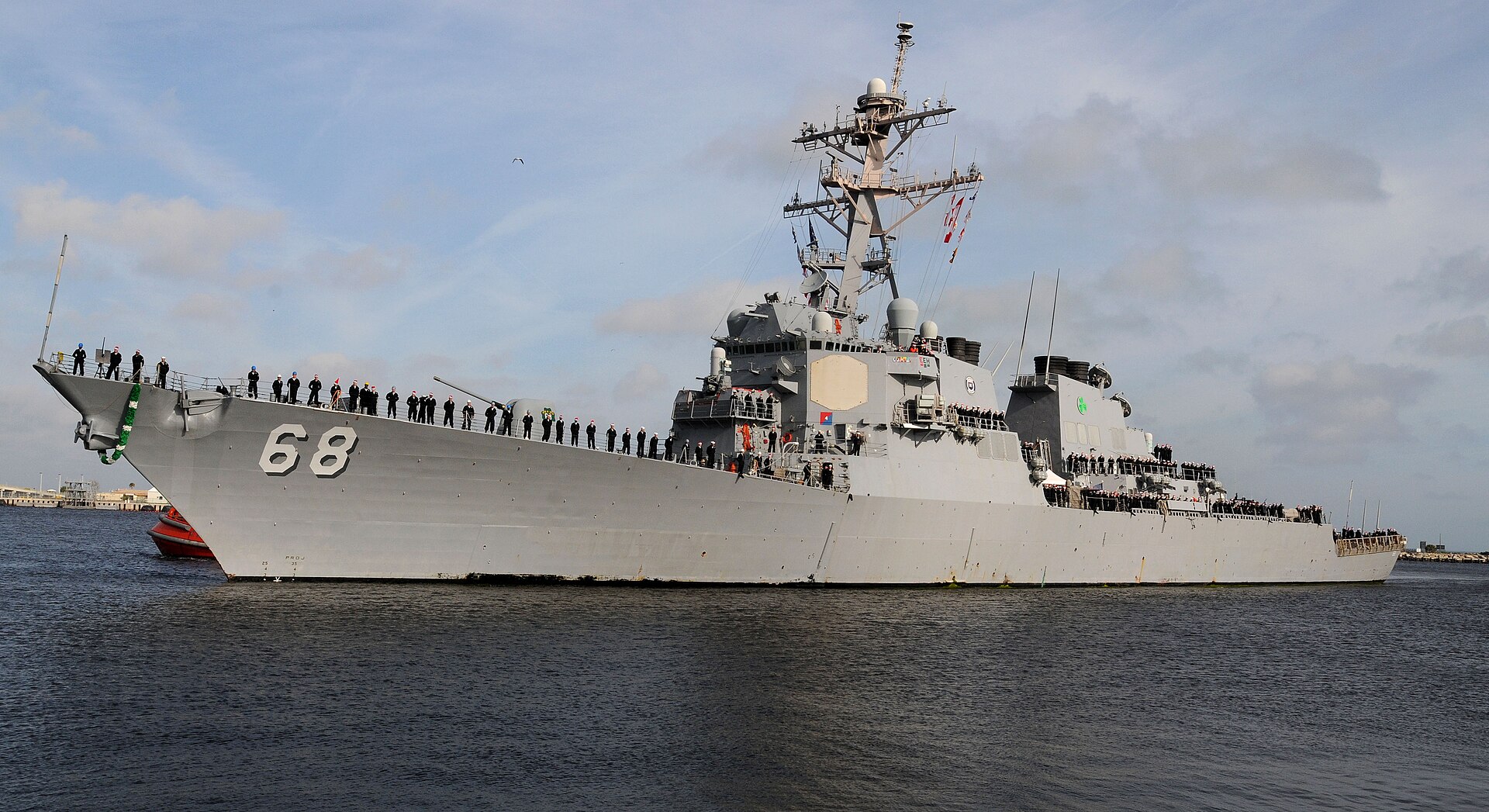
While the Iranians looked ridiculous to the untrained observer, the Navy conducted an assessment that found small, fast boats, such as the cigarette boats, potentially laden with explosives can basically evade the fancy countermeasures that are placed onboard the US destroyers. The tight maneuvering corners also limits the ability of the destroyer to defend itself from close-quarter, speedy attack.
A rudimentary form of this asymmetrical attack was demonstrated in the waters off Yemen in 2000. Back then, Al Qaeda terrorists loaded a rickety skiff usually used for subsistence fishing by the locals and navigated toward the USS Cole (DDG-67), an Arleigh Burke-class destroyer and detonated their payload into the side of the warship, nearly sinking her, and killing seventeen sailors.
No More Destroyers Until the Navy Can Counter A2/AD
Despite its sophisticated equipment, the Arleigh Burke-class was ripped open like a soggy paper bag by an ancient skiff and miscreant terrorists. Imagine what a dedicated, sophisticated foe, such as China or even Iran, could do to negate the firepower and capabilities these warships bring to the table.
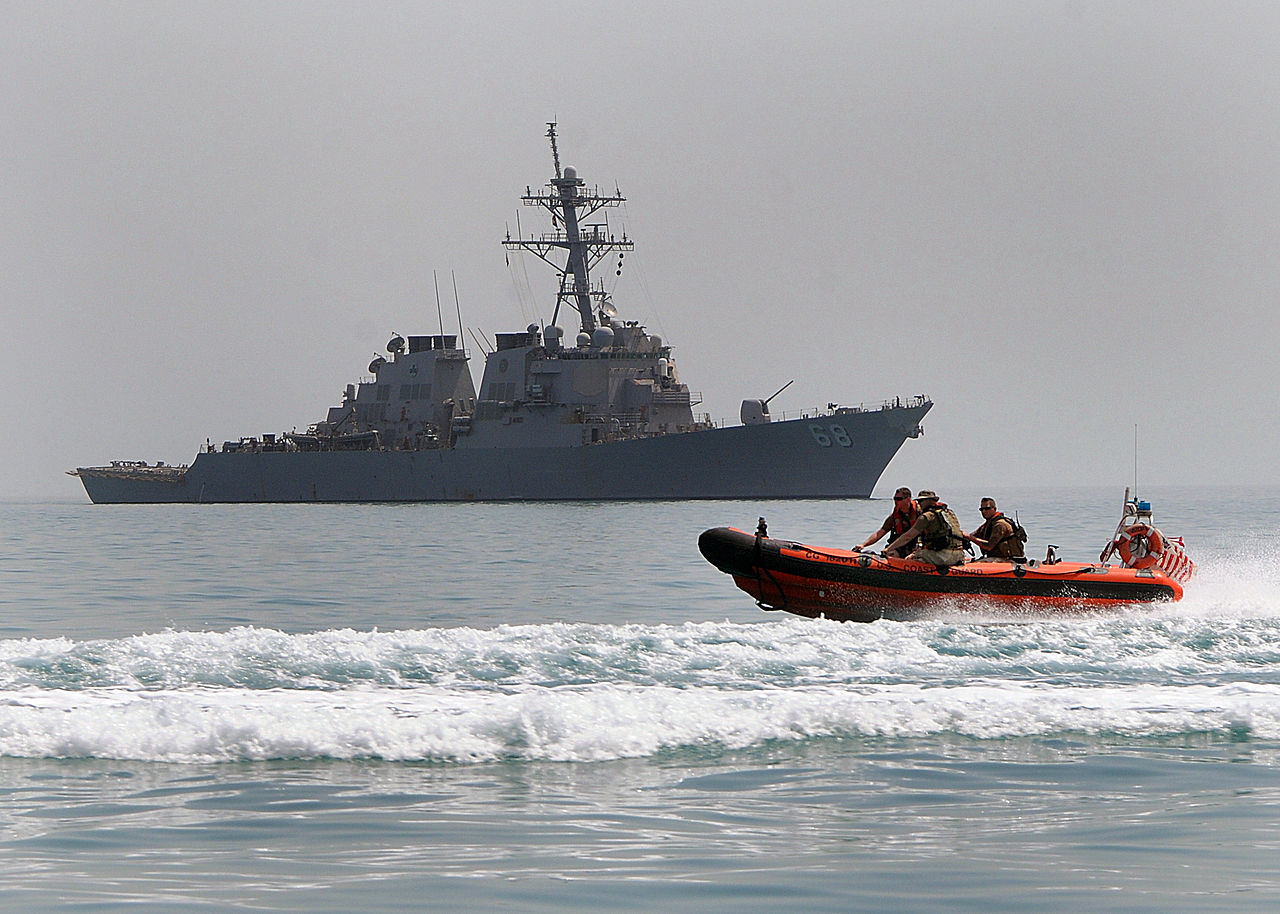
The Navy should not be spending another dime on building new flights of the Arleigh Burke-class. Everything it has should be spent on building systems that can overcome the A2/AD weapons of America’s four great rivals (China, Russia, Iran, and North Korea). Once that threat is mitigated, more traditional offensive platforms can be deployed.
About the Author
Brandon J. Weichert is a former Congressional staffer and geopolitical analyst who is a contributor at The Washington Times, as well as at American Greatness and the Asia Times. He is the author of Winning Space: How America Remains a Superpower (Republic Book Publishers), Biohacked: China’s Race to Control Life, and The Shadow War: Iran’s Quest for Supremacy. Weichert can be followed via Twitter @WeTheBrandon.
Images are from Shutterstock.
